The Hemorrhoids Surgery Cost in Spain approximately starts from ESP 3956 (USD 4300)
Surgery to remove hemorrhoids is known as hemorrhoidectomy. In this procedure, the general surgeon makes a small incision around the anus to remove the painful and swollen veins.
The surgery can be used to remove the internal as well as external hemorrhoids. However, it is only used when the swollen veins are extremely severe and painful. One of the following types of hemorrhoidectomy surgeries may be carried out, depending on which type will be the most beneficial for the patient:
Surgery is recommended as a treatment when other nonsurgical methods such as high-fiber diet, stool softeners, and cold compress fail to provide relief.
The hemorrhoids surgery cost may vary, depending on several factors. Some of the most important factors include the following:
Hemorrhoids surgery is an option for those who have:
| Country | Cost | Local_currency |
|---|---|---|
| Czechia | USD 2500 | Czechia 56725 |
| Greece | USD 4000 | Greece 3680 |
| India | USD 1900 | India 157985 |
| Israel | USD 7000 | Israel 26600 |
| Lithuania | USD 2500 | Lithuania 2300 |
| Malaysia | USD 4000 | Malaysia 18840 |
| Poland | USD 2000 | Poland 8080 |
| Spain | USD 4300 | Spain 3956 |
| Thailand | USD 3700 | Thailand 131905 |
| Tunisia | USD 2500 | Tunisia 7775 |
| Turkey | USD 1800 | Turkey 54252 |
| United Arab Emirates | USD 4000 | United Arab Emirates 14680 |
| United Kingdom | USD 3800 | United Kingdom 3002 |
Treatment cost
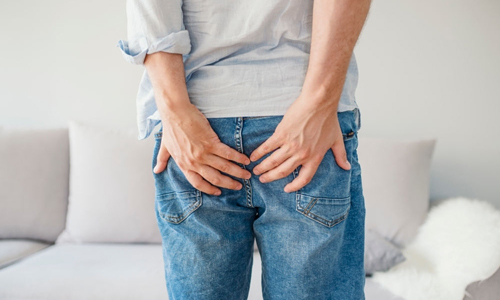
Some of the key inclusions which we provide as additional benefits of the package are:
We provide packages at economical prices with a number of additional benefits which make it a better opportunity than spending actual hospital costs with singular benefits. Stapled Hemorrhoidectomy is a surgical technique for treating hemorrhoids, which involves the process of inserting a circular hollow tube into the anal canal. A long woven thread i.e. suture is implanted circumferentially within the anal canal above the internal hemorrhoids, via this tube. The ends of the thread then are brought out from the anus via a hollow tube. The stapler is fixed through the first hollow tube and the ends of the suture are pulled. The pulling of thread pulls the expanded hemorrhoidal supporting tissue into the jaws of the stapler. The hemorrhoidal cushions are backed off into their normal position within the anal canal. Then, the stapler is fired. The moment it fires, the stapler cuts off the circumferential ring of expanded hemorrhoidal tissue trapped within the stapler and it staples together the upper and lower edges of the cut tissue, simultaneously., We are offering the best Stapled Hemorrhoids Surgery discounted & comprehensive packages in India at Sarvodaya Hospital and Research Centre with additional benefits.
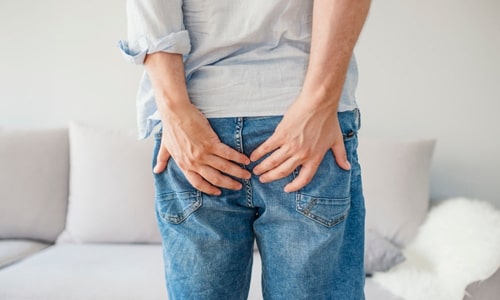
We provide numerous services for your medical journey, including:
With us, you are sure to receive all the benefits at competitive prices which is a better choice than paying actual hospital costs. Hemorrhoids Surgery is a procedure used to remove hemorrhoids. Patients will be given general or spinal anesthesia and then, incisions are made in the tissue around hemorrhoid. The swollen vein inside the hemorrhoid is tied off to prevent bleeding, and the hemorrhoid is removed. Surgery can be performed with a knife (scalpel), a tool that uses electricity (cautery pencil), or a laser technique. The operation allows you to go home the same day (outpatient)., We are offering the best Hemorrhoids Surgery discounted & comprehensive packages in Turkey at Medicana Camlica Hospital with additional benefits.
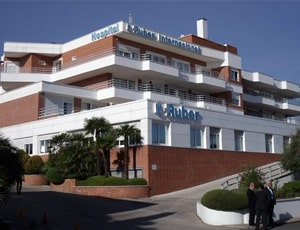
The Hospital has a wide architectural structure that consists of-

Apart from in-detail treatment procedures available, Centro Medico Teknon located in Barcelona, Spain has a wide variety of facilities available for International Patients. Some of the facilities which are provided by them are Accommodation, Airport Transfer, Choice of Meals, Interpreter, SIM, TV inside room. Also listed below are some of the most prominent infrastructural details:
With about 80,000 m 2 , it is equipped with the highest sanitary technology and offers a wide portfolio of services-

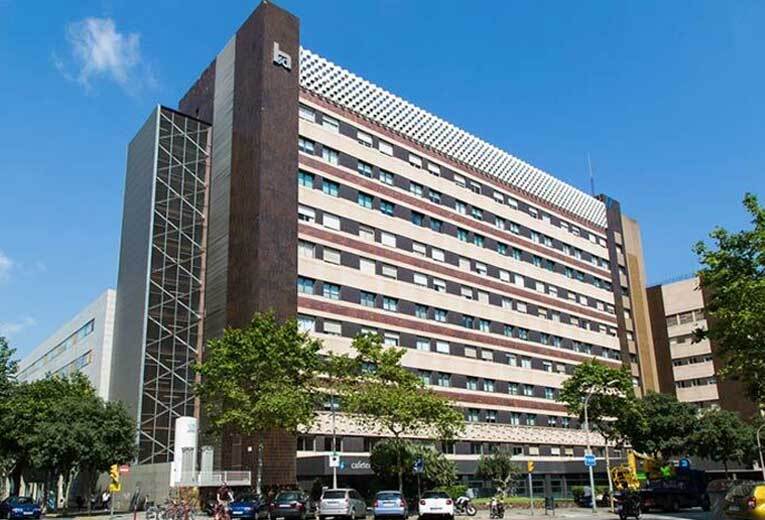
The Hospital is an amalgamation of a group of buildings located in the Eixample Left of Barcelona, ??between Paris, Viladomat, and London streets. It has a capacity of 350 adjustable beds and first-class hotel-like services inpatient rooms. Currently, it has a workforce of about 1100 Healthcare Professionals.
In order to treat patients with intensive care, the Hospital has 10 beds in its ICU for critically ill patients.
The Hospital has launched a few more things to improve customers’ services- 4 new Operating Rooms and a New Diagnostic Imaging Service.
Other Services
Types of Room
Double Rooms, Double Rooms for Individual Use, and Single Rooms; equipped with an easy-to-use electrical movement control system and a nursing call/warning system, located at the head of the bed, a sofa-bed for the companion, and a bathroom with a shower. They are also equipped with television and telephone.
A cafeteria/Restaurant is also available for the patients or visitors.
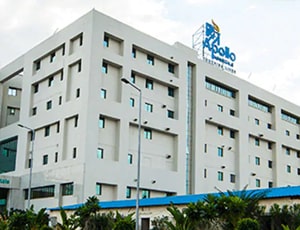
The cost for Hemorrhoids Surgery ranges from USD 2120 - 2310 in Apollo Hospital
Apollo Hospital located in Chennai, India is accredited by JCI, NABH. Also listed below are some of the most prominent infrastructural details:
DOCTORS IN 13 SPECIALITIES
FACILITIES & AMENITIES
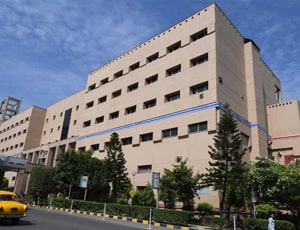
The cost for Hemorrhoids Surgery ranges from USD 2040 - 2400 in Apollo Multispecialty Hospitals
Apollo Multispecialty Hospitals located in Kolkata, India is accredited by JCI, NABH. Also listed below are some of the most prominent infrastructural details:
DOCTORS IN 13 SPECIALITIES
FACILITIES & AMENITIES

The cost for Hemorrhoids Surgery ranges from USD 2720 - 3290 in Memorial Atasehir Hospital
Memorial Atasehir Hospital located in Istanbul, Turkey is accredited by JCI. Also listed below are some of the most prominent infrastructural details:
DOCTORS IN 13 SPECIALITIES
FACILITIES & AMENITIES

The cost for Hemorrhoids Surgery ranges from USD 2740 - 3130 in Medicana Bahcelievler Hospital
Medicana Bahcelievler Hospital located in Istanbul, Turkey is accredited by ISO, JCI. Also listed below are some of the most prominent infrastructural details:
DOCTORS IN 13 SPECIALITIES
FACILITIES & AMENITIES
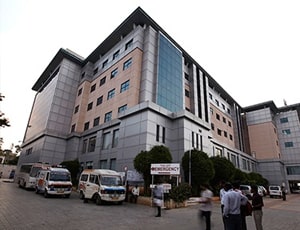
The cost for Hemorrhoids Surgery ranges from USD 2150 - 2340 in BGS Gleneagles Global Hospitals
BGS Gleneagles Global Hospitals located in Bengaluru, India is accredited by NABH, NABL. Also listed below are some of the most prominent infrastructural details:
DOCTORS IN 14 SPECIALITIES
FACILITIES & AMENITIES
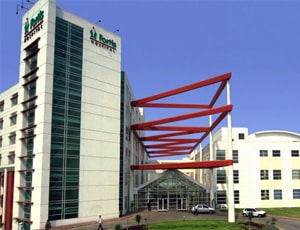
The cost for Hemorrhoids Surgery ranges from USD 2190 - 2280 in Fortis Hospital
Fortis Hospital located in Noida, India is accredited by ISO, NABH. Also listed below are some of the most prominent infrastructural details:
DOCTORS IN 12 SPECIALITIES
FACILITIES & AMENITIES
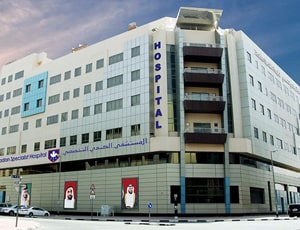
The cost for Hemorrhoids Surgery ranges from USD 4400 - 5220 in Canadian Specialist Hospital
Canadian Specialist Hospital located in Dubai, United Arab Emirates is accredited by JCI. Also listed below are some of the most prominent infrastructural details:
DOCTORS IN 9 SPECIALITIES
FACILITIES & AMENITIES

Fortis La Femme is a unique facility, which is inspired by the belief that a woman is a special person with all special needs. Their patient-sensitive services are offered in a world-class facility with an elegant ambience with value-added conveniences. The hospital has modern infrastructure which contributes to the delivery of effective treatment with ease and accuracy. It also has also modern facilities for international patients which makes it an excellent health care center in India.
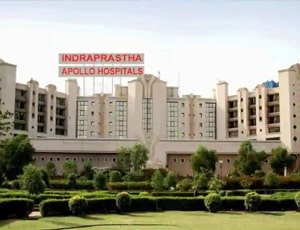
The cost for Hemorrhoids Surgery ranges from USD 2160 - 2290 in Indraprastha Apollo Hospital
Indraprastha Apollo Hospital is known for delivering treatment to over 200,000 patients every year; 10,000 of which are generally medical tourists. The efficient team of doctors has the record of 99.6 percent success rate. Indraprastha Apollo Hospital deals in treatment of over 50 specialities.
Let’s see some of the features of the infrastructure:
DOCTORS IN 14 SPECIALITIES
FACILITIES & AMENITIES
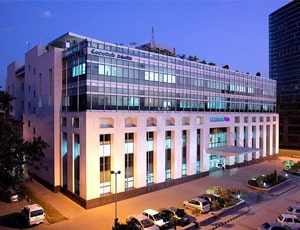
Manipal Hospital, Yeshwantpur located in Bengaluru, India is accredited by NABH. Also listed below are some of the most prominent infrastructural details:
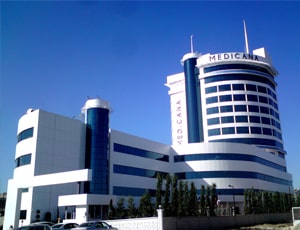
The cost for Hemorrhoids Surgery ranges from USD 2600 - 3170 in Medicana Konya Hospital
Medicana Konya Hospital located in Konya, Turkey is accredited by JCI. Also listed below are some of the most prominent infrastructural details:
DOCTORS IN 9 SPECIALITIES
FACILITIES & AMENITIES
The purpose of hemorrhoids treatment is to manage the internal and external swelling and inflammation of the veins in the lower rectum and anus. It is very similar to varicose veins, however, the severity of pain and discomfort is more.
Hemorrhoids are common. Out of every 4 adults, 3 will have it at some point in time. In most of the individuals, hemorrhoids go on their own. However, there are people in which it may become severe and requires surgical intervention for treatment. A surgery conducted to remove the painful external and internal hemorrhoids is also known as hemorrhoidectomy.
The diagnosis of hemorrhoids can be made with the help of the following:
Different treatment options are available. Therefore, surgery is not always an option. Home remedies such as eating fiber-rich foods, taking pain relievers and using topical treatments are usually the first line of treatment.
Thrombectomy and minimally invasive procedures such as rubber band ligation, sclerotherapy, and coagulation are also an option. Hem
The following are some of the indications for hemorrhoids surgery:
In a surgical hemorrhoidectomy, the patient is given general anesthesia or local anesthesia with sedation. In some cases, spinal anesthesia may be used. Using one of the available excision techniques, the excessive tissue causing bleeding and prolapse are removed.
The symptoms of hemorrhoids depend on the type of hemorrhoid that the patient is suffering from.
Internal Hemorrhoids
Straining while passing stool may cause the following symptoms:
External Hemorrhoids
Thrombosed External Hemorrhoids
The main cause of hemorrhoids is increased pressure in the lower rectum, leading to the swelling in the veins around the anus. The increased pressure may result due to:
Immediately after hemorrhoids surgery, it is common for patients to experience pain. You treating doctor may suggest you a couple of ways to manage to reduce the pain.
You may be advised the following to manage the pain:
Patients need to let their severity of pain decide how soon they can return to normal activities. Initially, bending, sitting, lifting an object, and squatting may feel painful. Therefore, you are requested to keep movement limited at least for a week after the surgery. Gradually, you can increase activities depending on the reduction in pain.
It is common for patients to experience some bleeding after the procedure. A small amount is not a cause of worry, however, large pools of blood should be reported to the treating doctor. Bleeding may occur while passing stool as well initially 2 to 3 days after the surgery.
After the surgery, all patients are advised to drink ample fluids and high-fiber foods for proper recovery. Gradually as the pain subsides, they should do 15-minute exercise every day and it could be something as simple as walking. It can help with stimulating a normal bowel movement and prevent the recurrence of hemorrhoids.
Ask your healthcare adviser for the best multiple options and choose the one that meets your expectations
In Spain, the average starting cost for Hemorrhoids Surgery is USD 4300. In Spain, Hemorrhoids Surgery is conducted across many multispecialty hospitals.
The cost of Hemorrhoids Surgery in Spain may differ from one medical facility to the other. Some of the best hospitals for Hemorrhoids Surgery offer a comprehensive package that covers the end-to-end expenses related to investigations and treatment of the patient. The Hemorrhoids Surgery cost in Spain includes the cost of anesthesia, medicines, hospitalization and the surgeon's fee. Extended hospital stay, complications after the surgery or new diagnosis may affect the overall cost of Hemorrhoids Surgery in Spain.
Many hospitals in Spain perform Hemorrhoids Surgery. The following are some of the most renowned hospitals for Hemorrhoids Surgery in Spain:
After Hemorrhoids Surgery in Spain, the patient is supposed to stay in guest house for another 14 days. During this time, the patient undergoes medical tests and consultations. this is to ensure that the treatment was successful and the patient us safe to return.
Apart from the Hemorrhoids Surgery cost, there are a few other daily charges that the patient may have to pay. These are the charges for daily meals and accommodation outside the hospital. These charges starts from USD 50 per person.
Some of the cpopular cities in Spain that offer Hemorrhoids Surgery include the following:
The patient has to spend about 2 days in the hospital after Hemorrhoids Surgery for proper recovery and to get clearance for discharge. The doctors team review the patient's recovery during this time with the help of blood tests and imaging scans. Once they feel that everything is on track, the patient is discharged.
There are more than 3 hospitals that offer Hemorrhoids Surgery in Spain. These clinics have propoer infrastructure as well as offer good quality of services when it comes to Hemorrhoids Surgery Also, these hospitals follow the necessary guidelines as required by the medical associations for the treatment of Hemorrhoids Surgery patients.